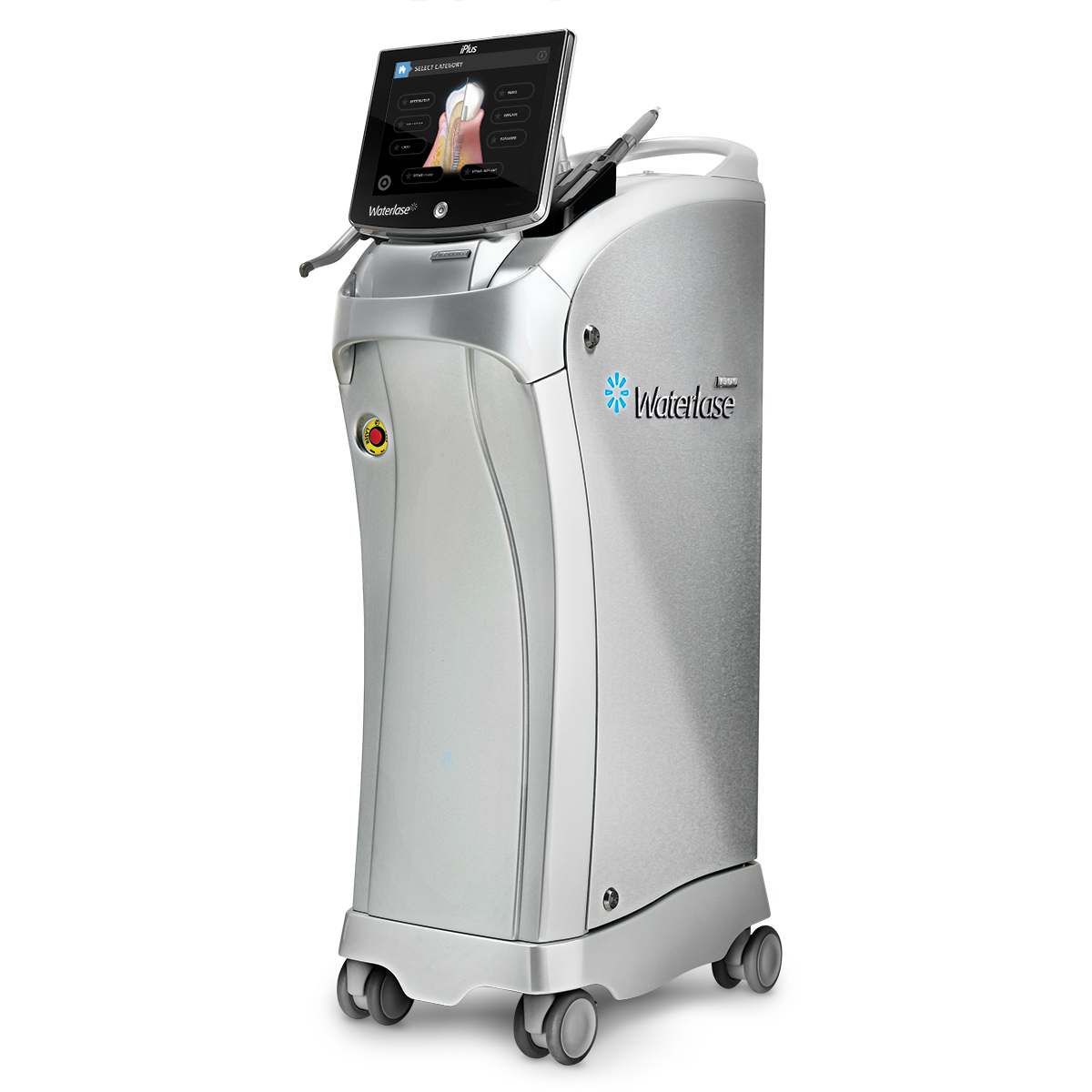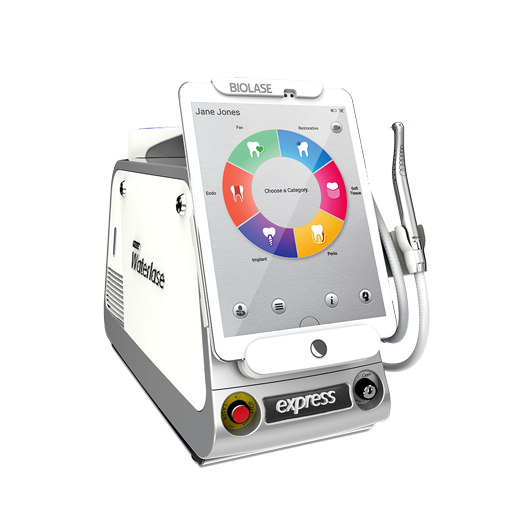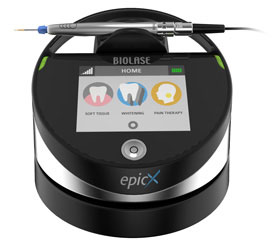The use of nanotechnology, specifically nanodiamonds, can be used to treat a condition known as osteonecrosi.
Medical science is continuing to investigate new ways to improve health through innovative uses of unexpected materials. This innovation is responsible for one recent cutting edge development in oral medicine. The concept sounds like science fiction: The use of nanotechnology to treat a condition known as osteonecrosis.
Osteonecrosis, essentially bone death, is a potentially debilitating condition and when it affects the mouth and jaw, it can cause difficulty eating and speaking. If it affects the joints, it can restrict jaw movement. It is the result of lack of blood circulation, and can also affect dental implants, causing them to become loose and fall out. Osteonecrosis is often a result of chemotherapy.
Treatment for this condition is complicated, expensive and invasive. When there is not enough bone to secure dental implants, the bone needs to be replaced. This can often make implants impossible to place without expensive treatment beforehand. But there may be a more effective solution on the horizon, thanks to Dr. Dean Ho, professor of biology and medicine at the UCLA school of dentistry.
The use of nanodiamonds in dentistry and other medical applications is currently showing great promise. Nanodiamonds are a byproduct of the mining and production of diamonds and are so small they cannot be seen by the naked eye.
The normal procedure used to treat the bone loss in the jaw involves surgically inserting a sponge treated with proteins and other elements to promote bone growth. This is a time consuming and expensive surgical procedure that will likely become obsolete as this new technology is developed further.
It has been found that the nanodiamonds, which are shaped like soccer balls, can do the same thing, more effectively, and without the surgical procedure. The application can be delivered via syringe or oral rinse, making it far less invasive, complicated and painful.
Early, pre-clinical testing on cells and animal models is showing that the nanodiamonds seem to be safe and well-tolerated. Prior to the studies done on bone regrowth, this technology has be shown to be effective in treating different forms of cancer. In addition to its use in regards to dental implants, this technology has great potential to be used in other conditions that require bone regrowth as well. This nanotechnology has huge potential in the future of medicine, and research will no doubt continue to explore its possible uses in dentistry, cancer treatment and other restorative medical procedures.



